Suchomimus
Name Origin
Crocodile Mimic
Family
Spinosauridae
Classification
Diapsida, Saurischia, Theropoda
Habitat (Discovery Location)
Niger
Period
Approximately 125 to 112 million years ago (Early Cretaceous)
Length
Approximately 9 to 11 meters
Weight
Approximately 4 to 6 tons
Diet
Carnivore (Meat-eater)
 Jurassic
Jurassic
Park / World Featured Dinosaur
Appearance in Jurassic Park III
Much like Baryonyx (which is also in the Spinosauridae family), Suchomimus does not make an appearance as a living creature. Its name appears only in a line of dialogue from Billy Brennan.
Its role in the film is limited to being mentioned by Billy as a point of comparison, solely to emphasize the enormous size of the film's main threat, the Spinosaurus.Appearance in Jurassic World
It is featured only in the film's lore as one of the species housed at the park; it never actually appears on-screen. Its existence was previously implied in Jurassic Park III, where it was only mentioned by name.
It is also included on the official park species list for this film, which shows the staff's meticulous attention to detail. However, in its failure to appear on-screen, its treatment is identical to that of Baryonyx, which is also on the list but never seen.
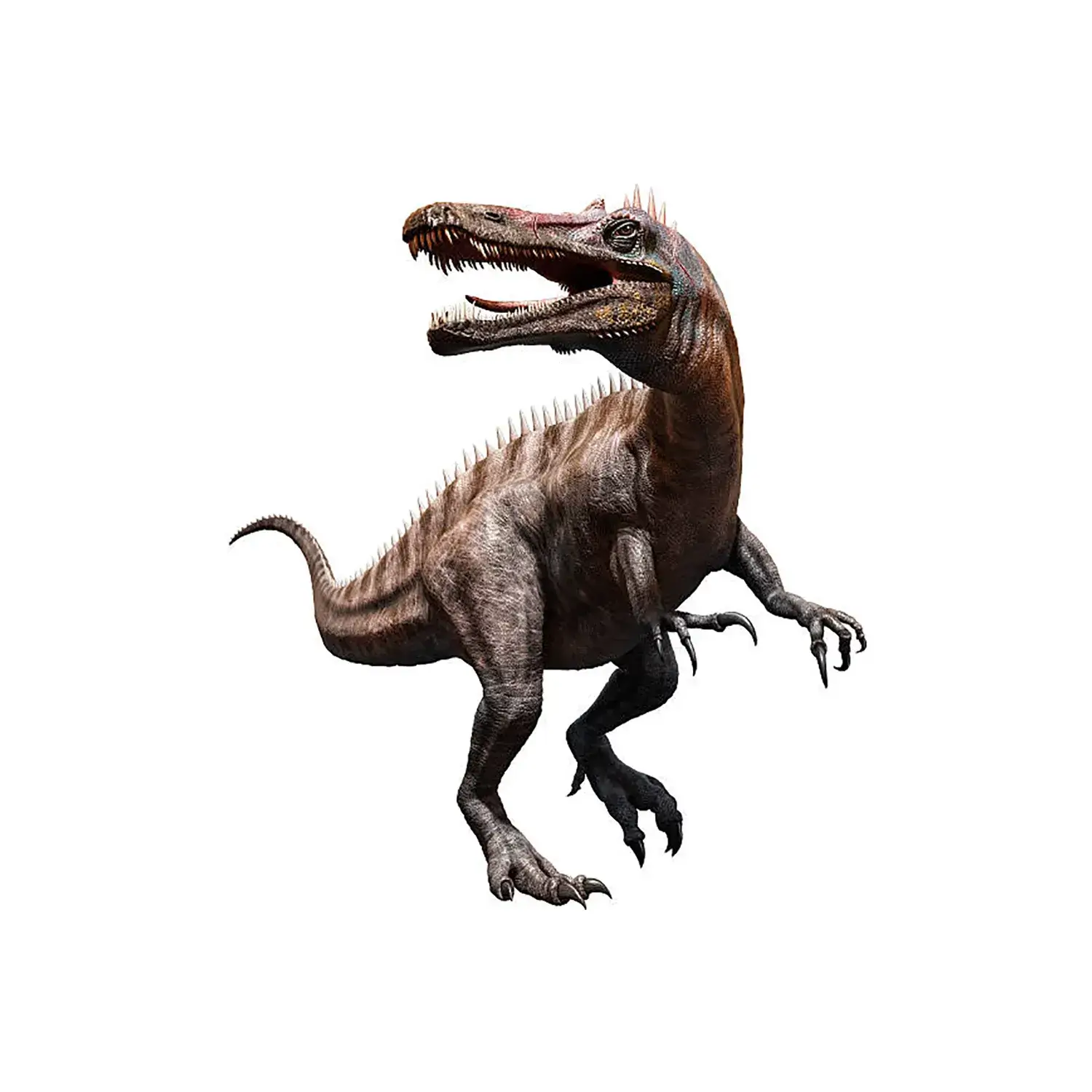
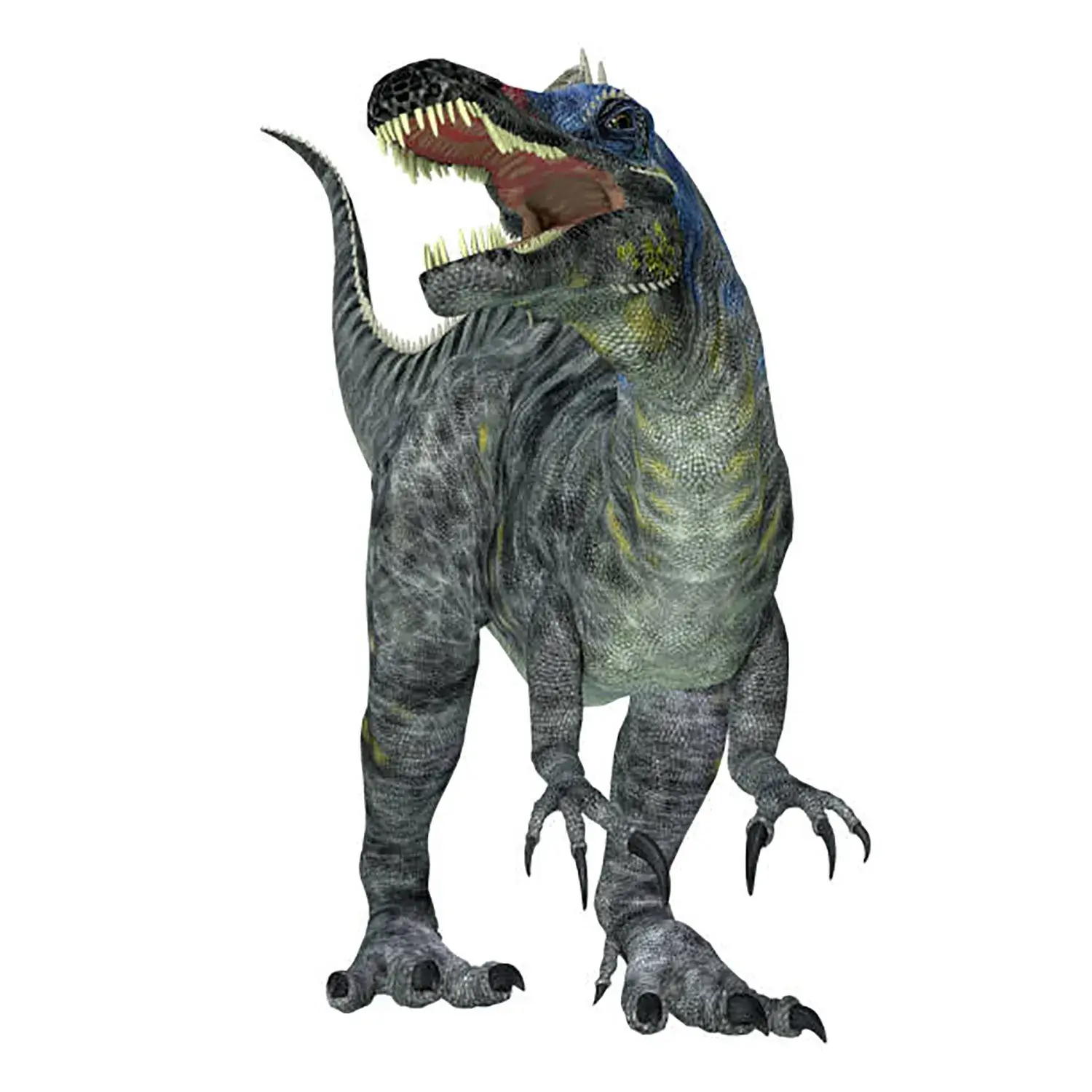
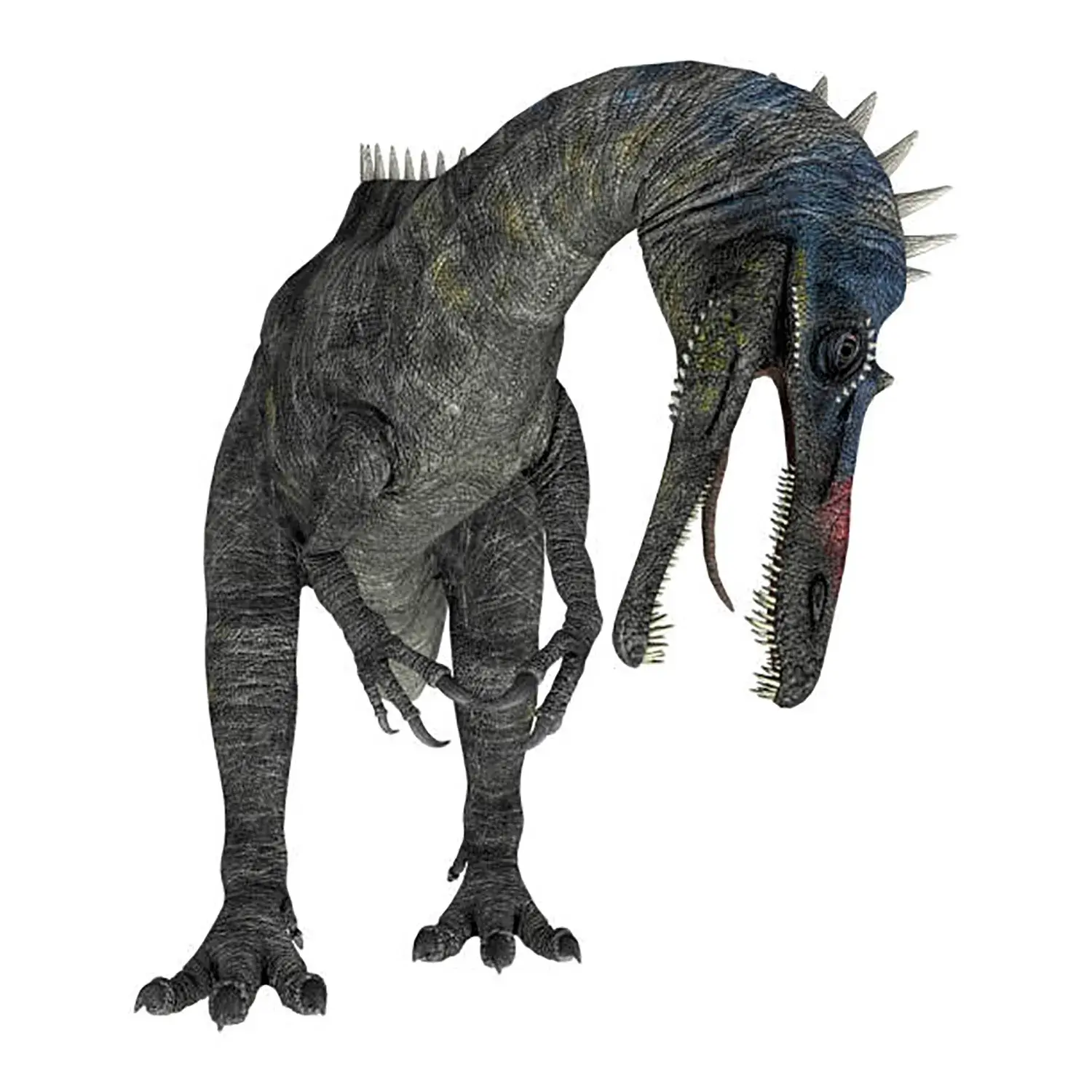

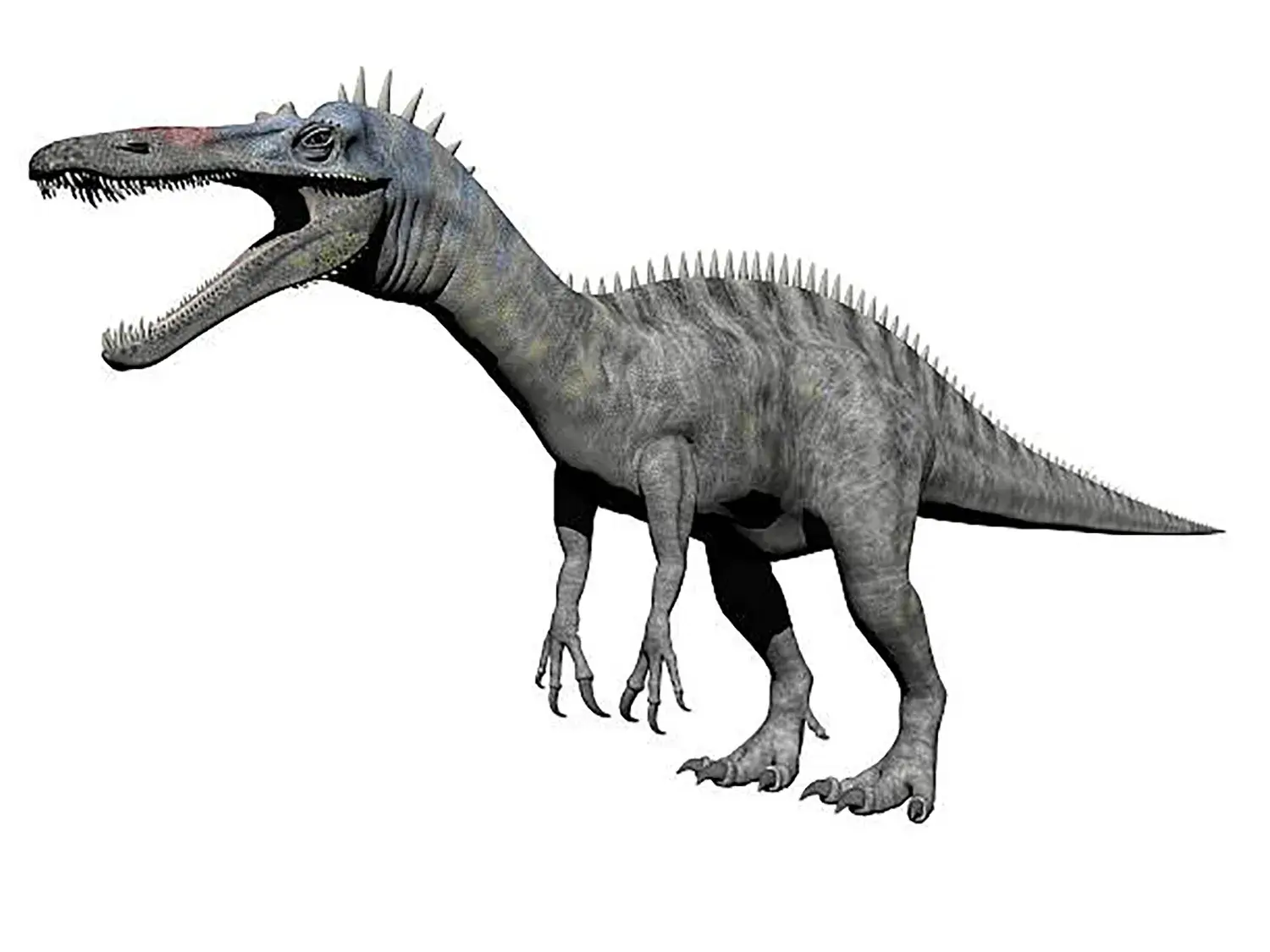

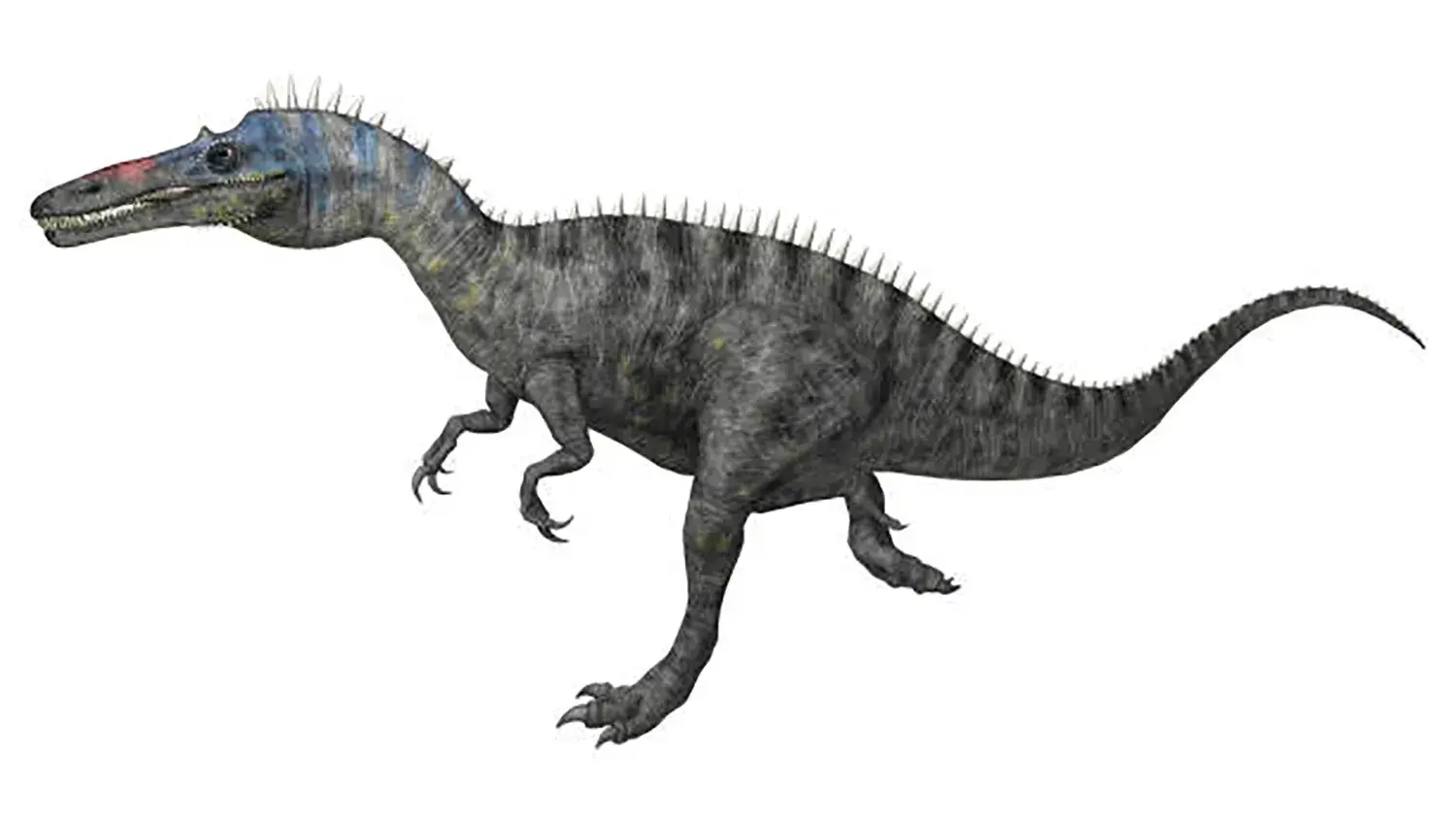
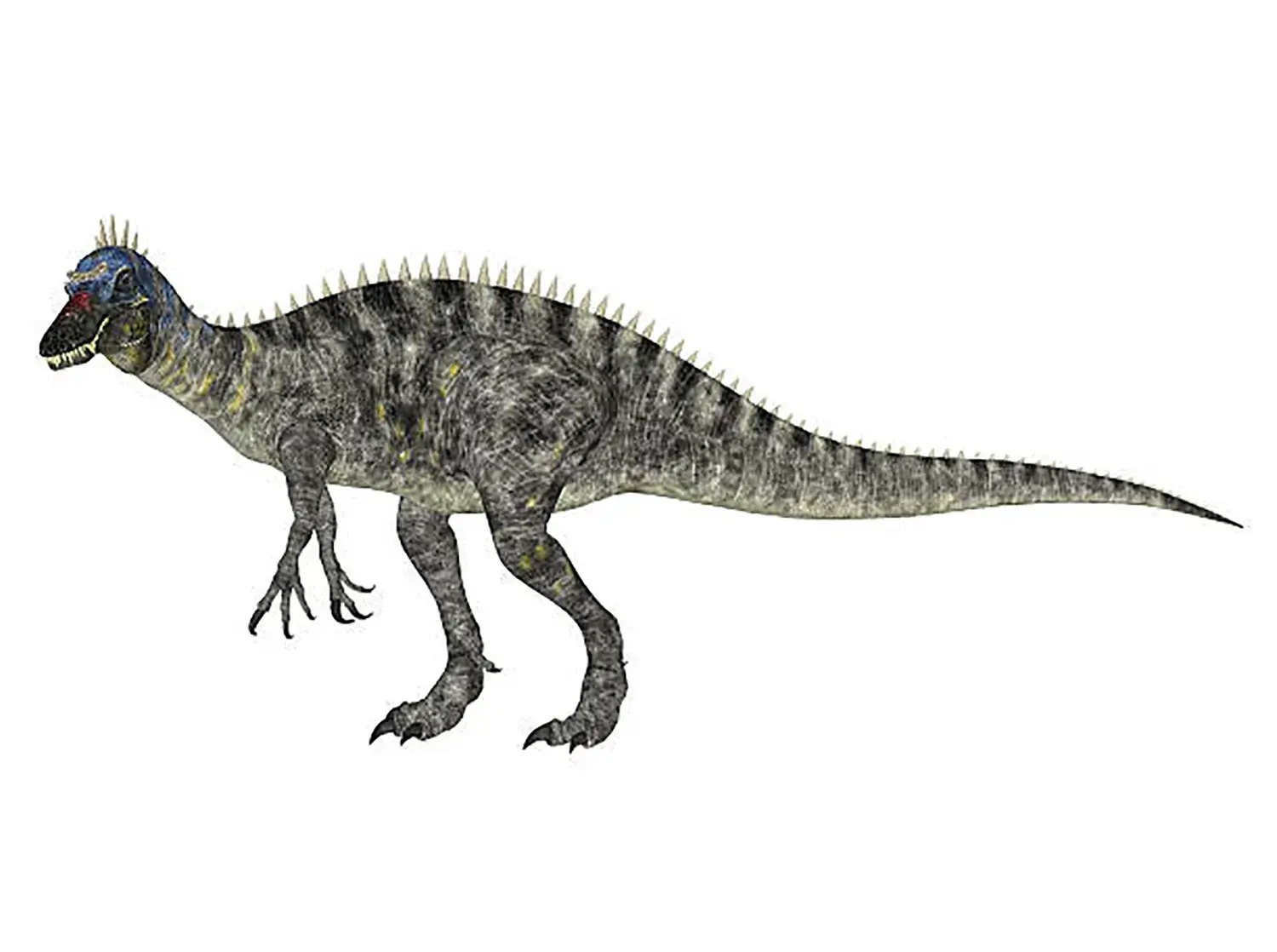
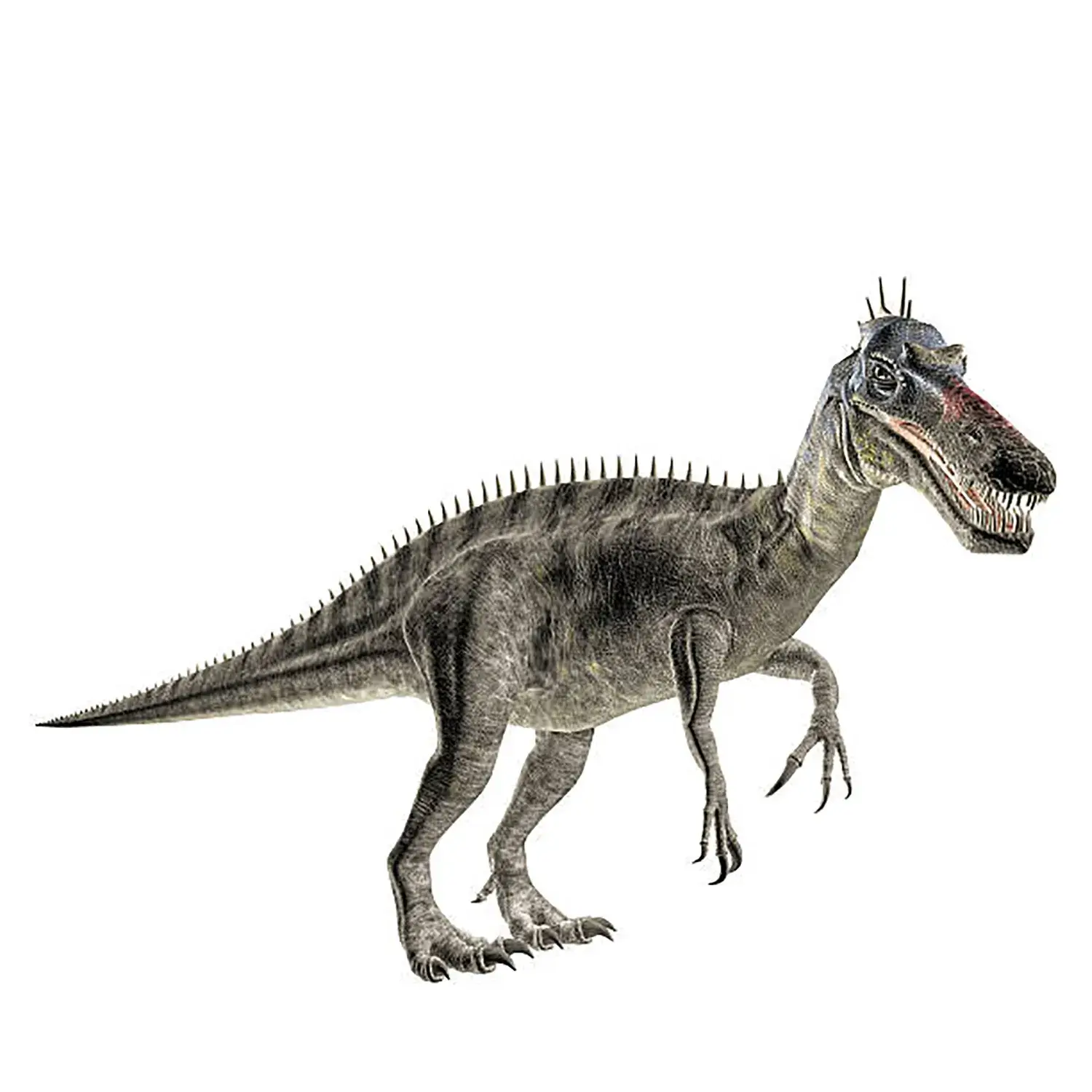
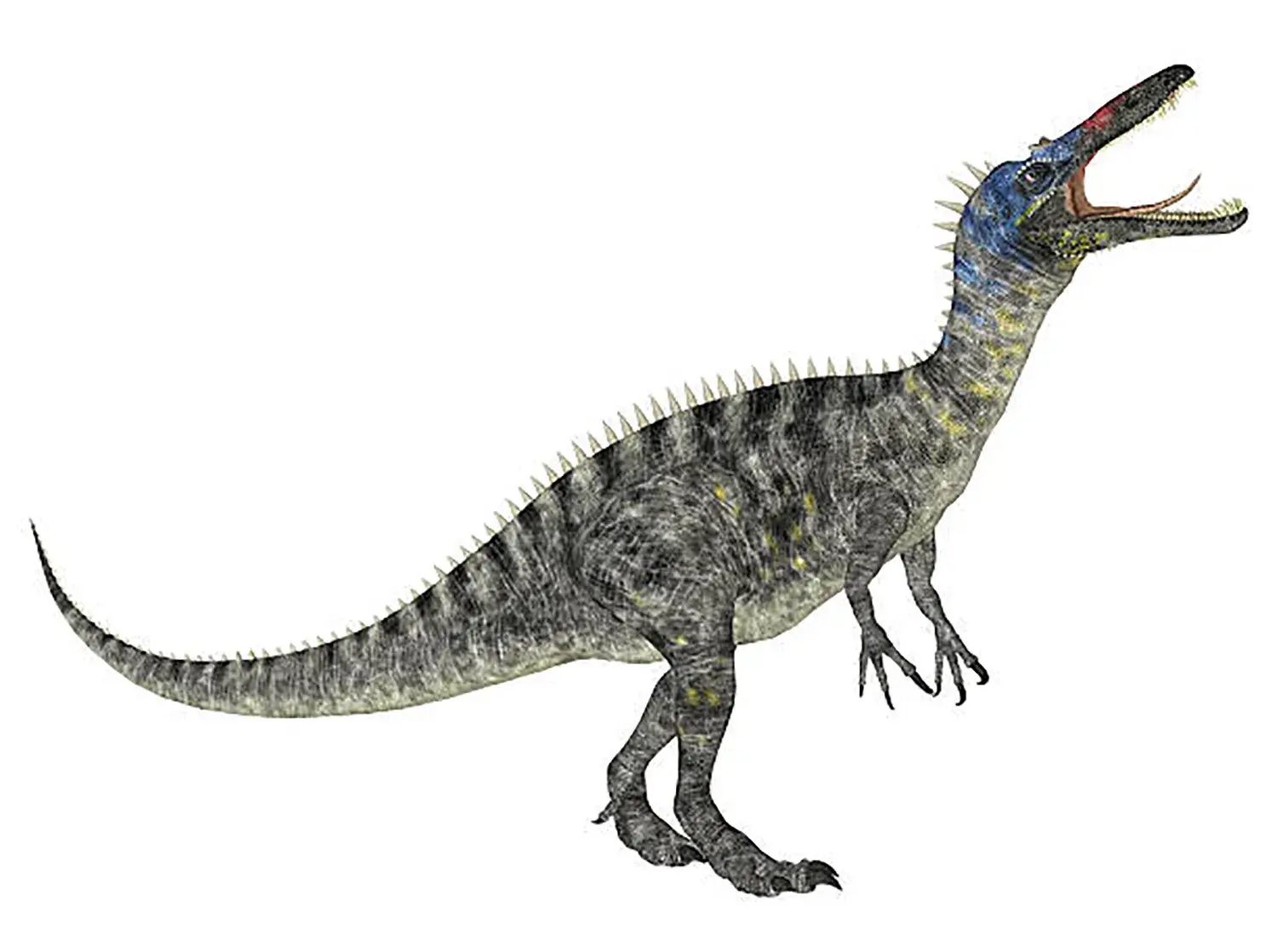
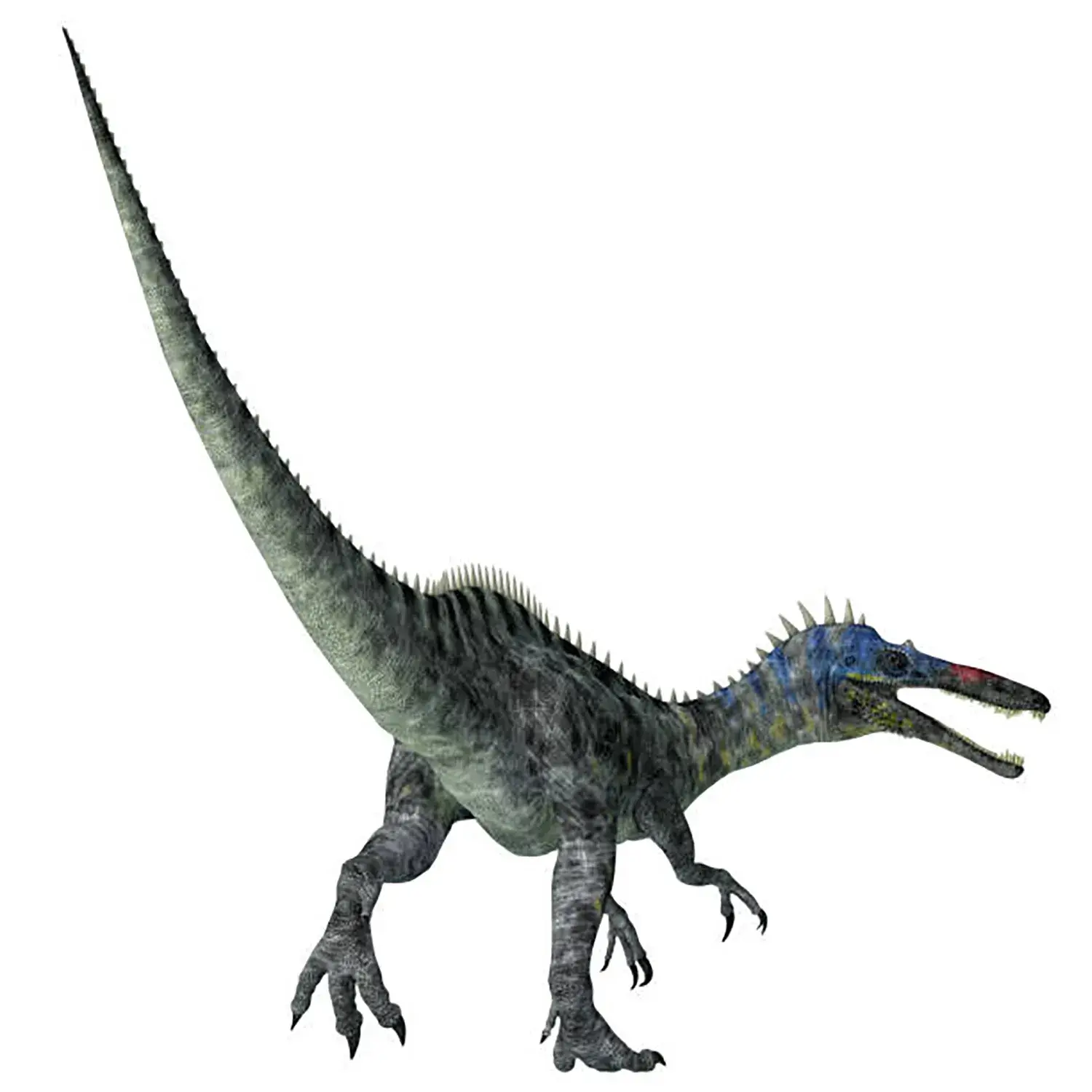
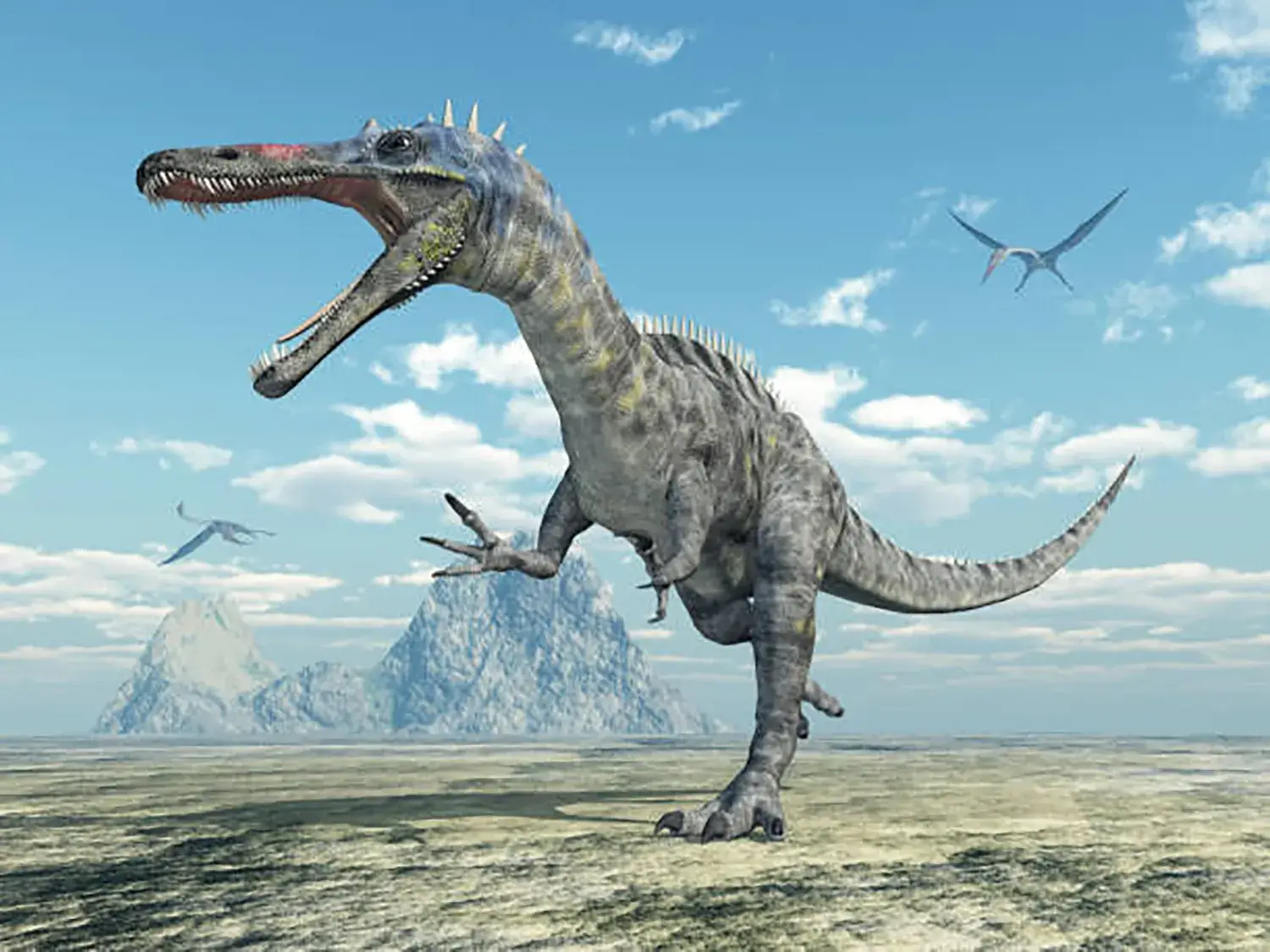
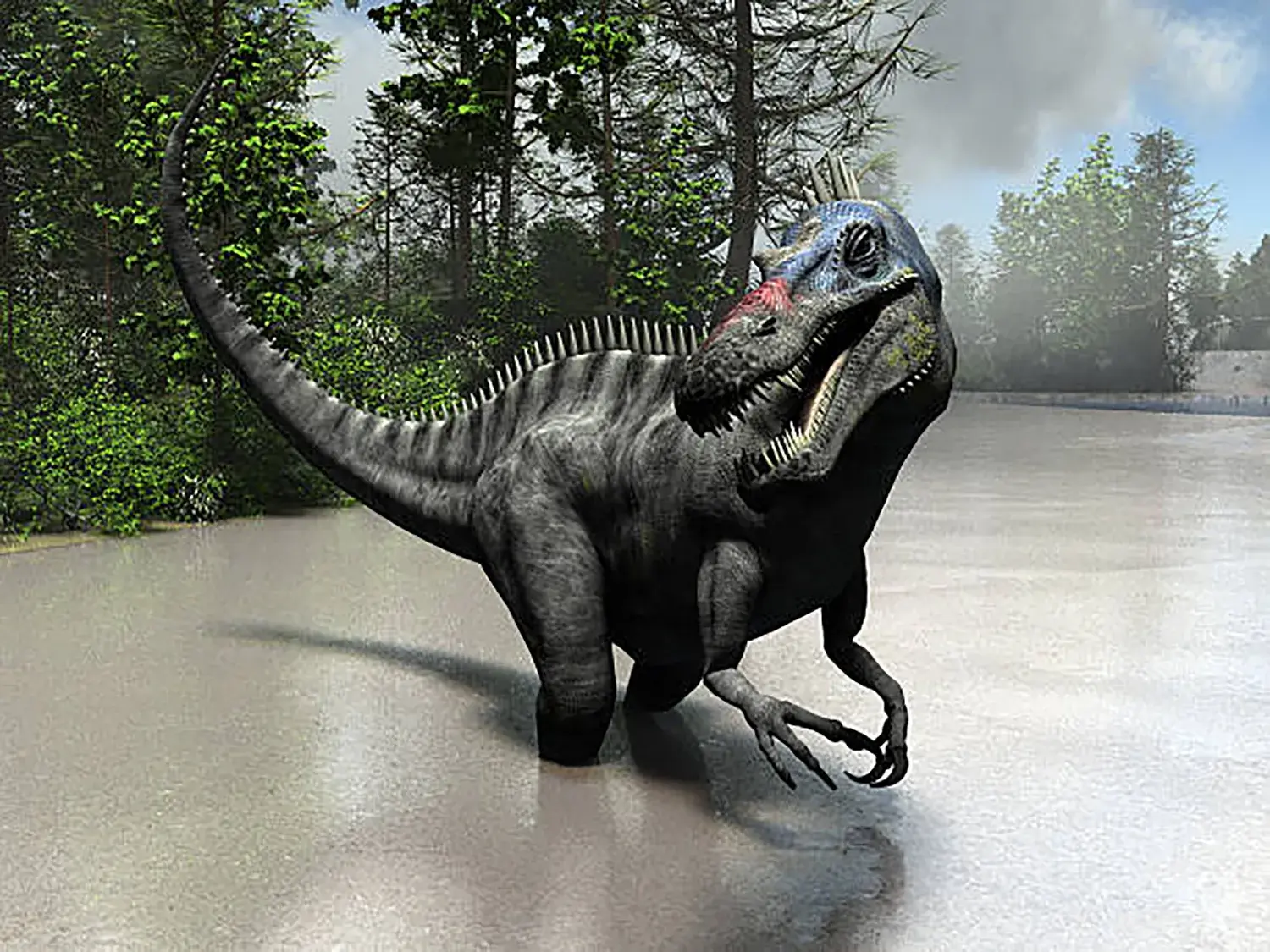
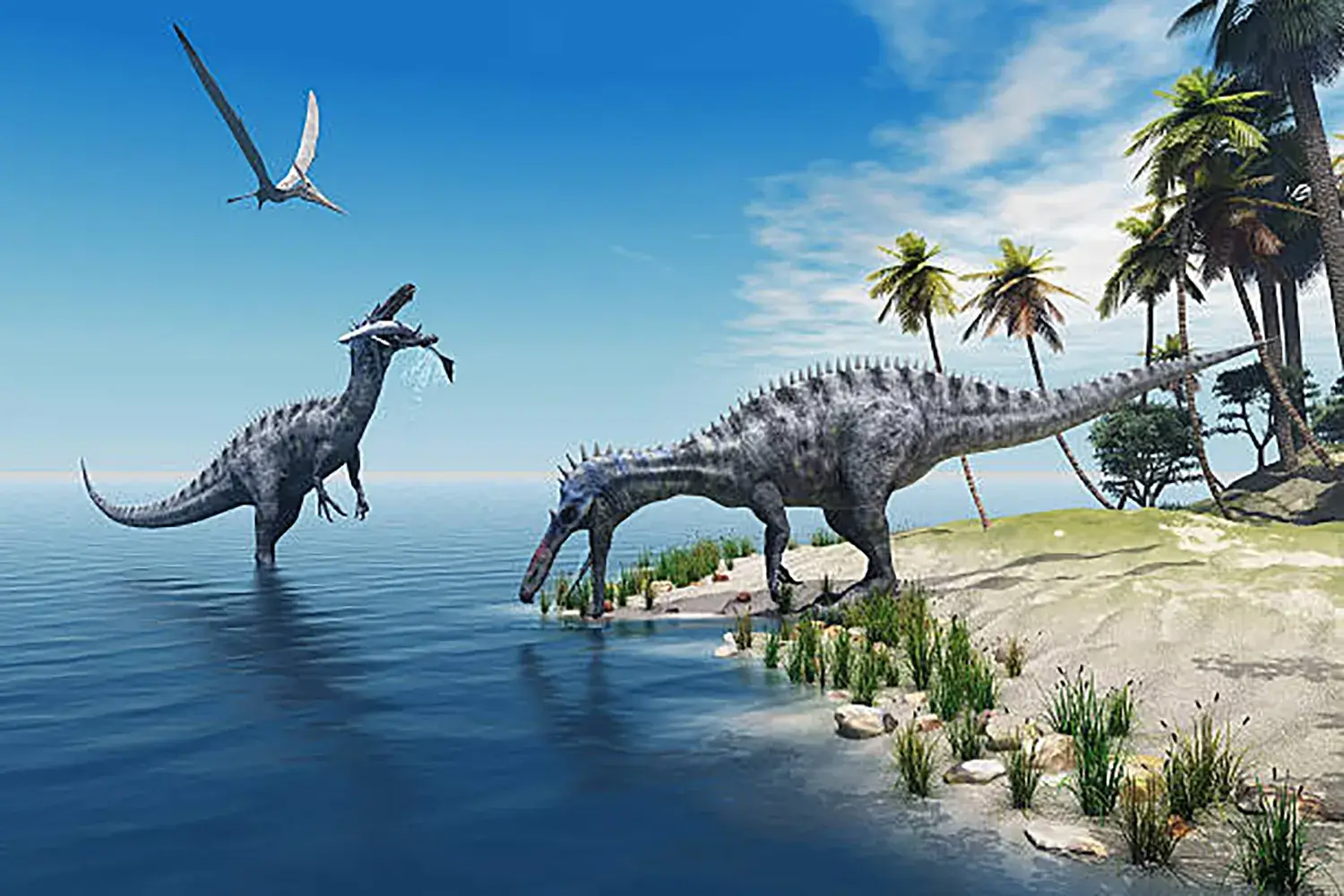


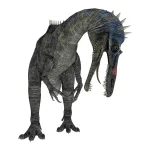
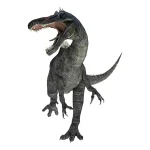




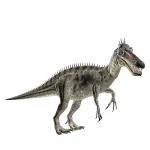
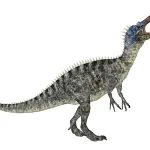
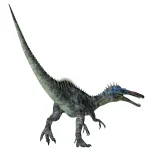
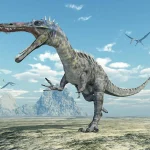
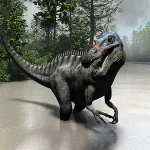
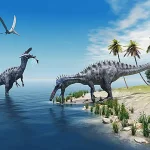
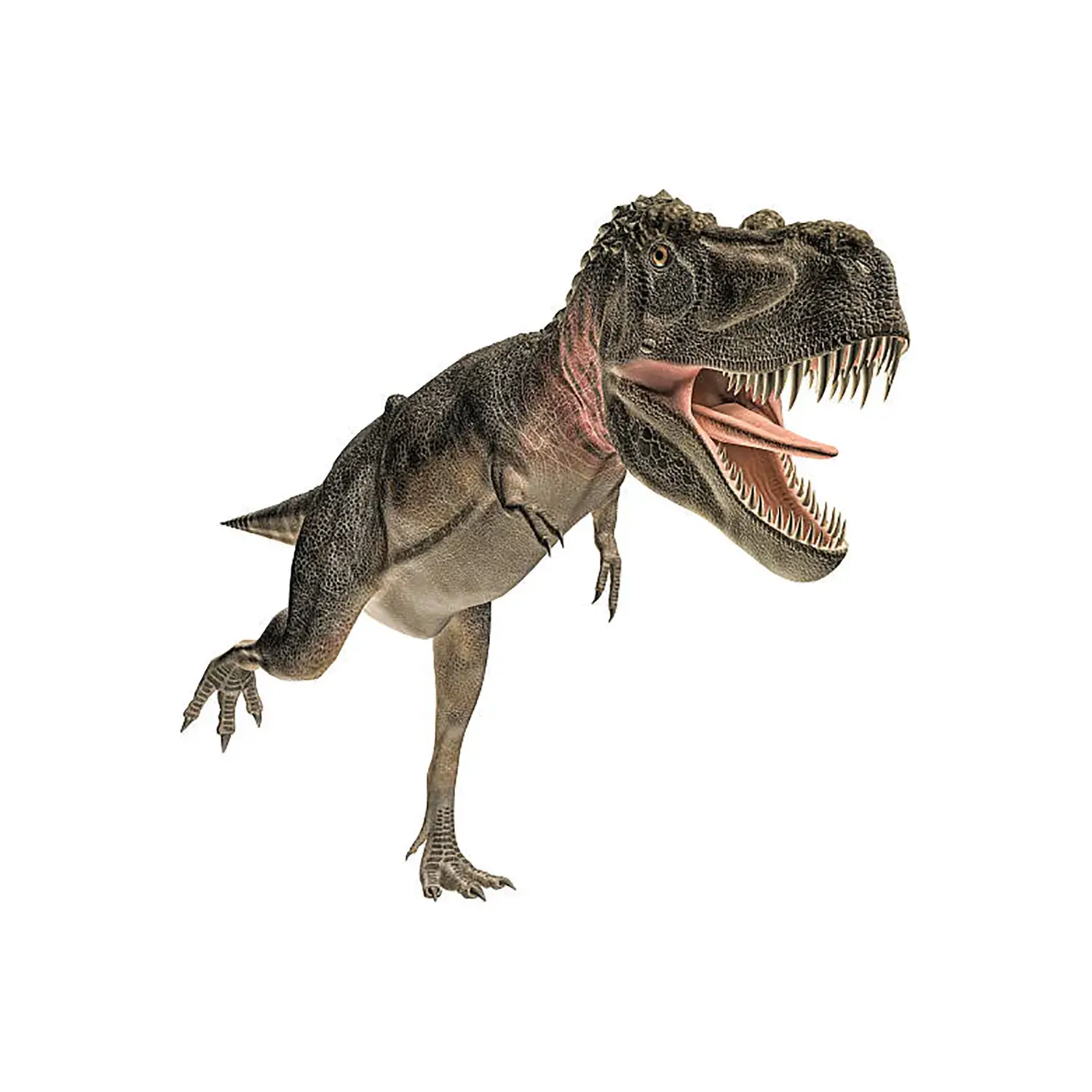
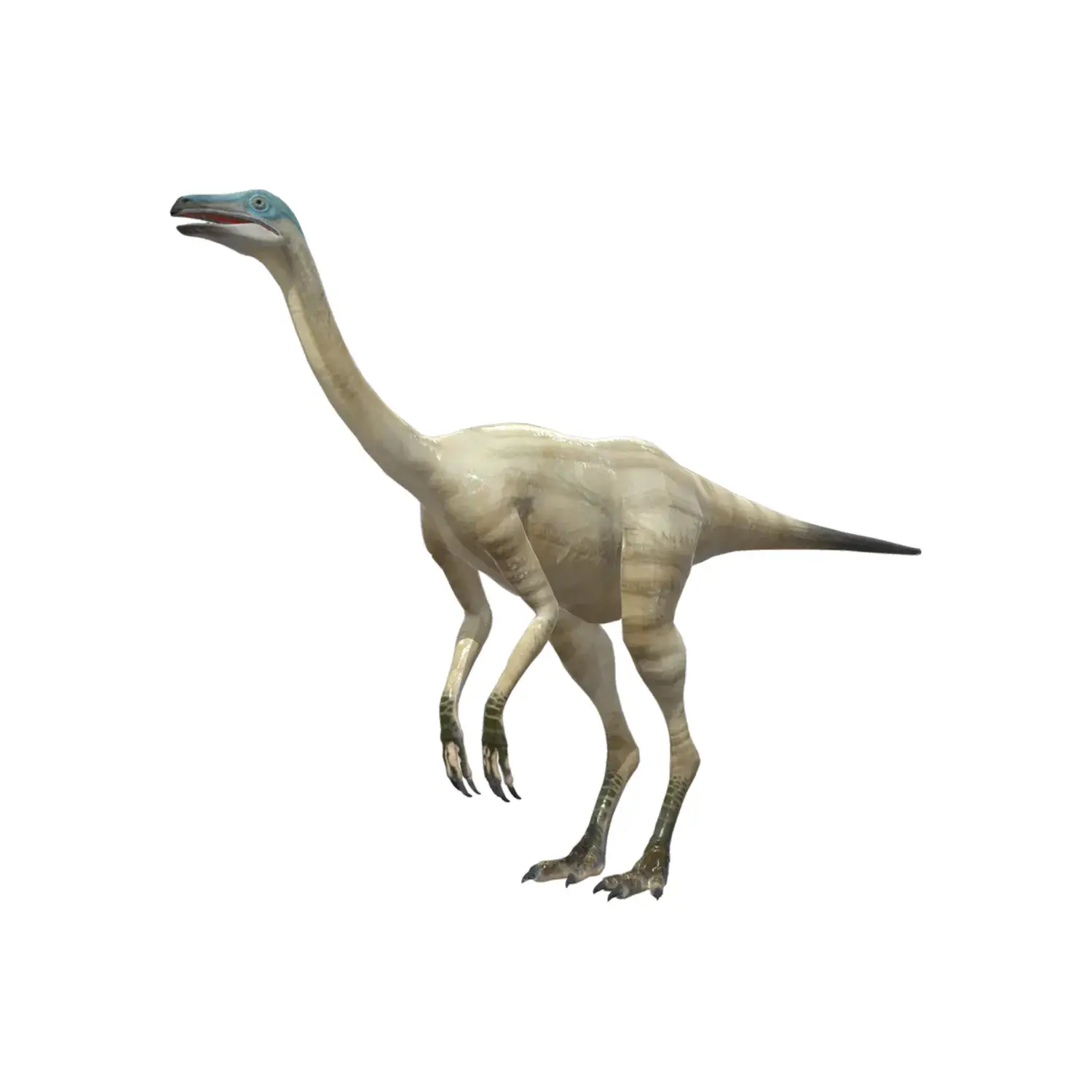
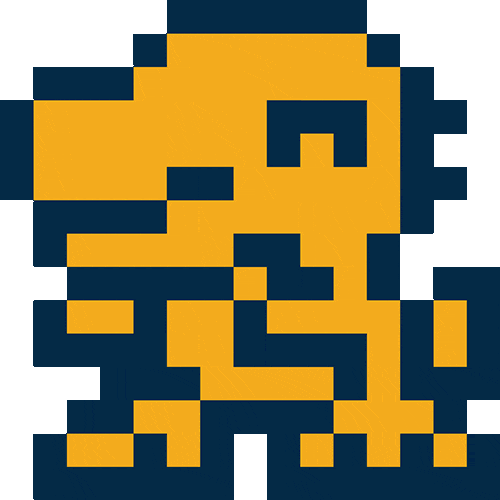
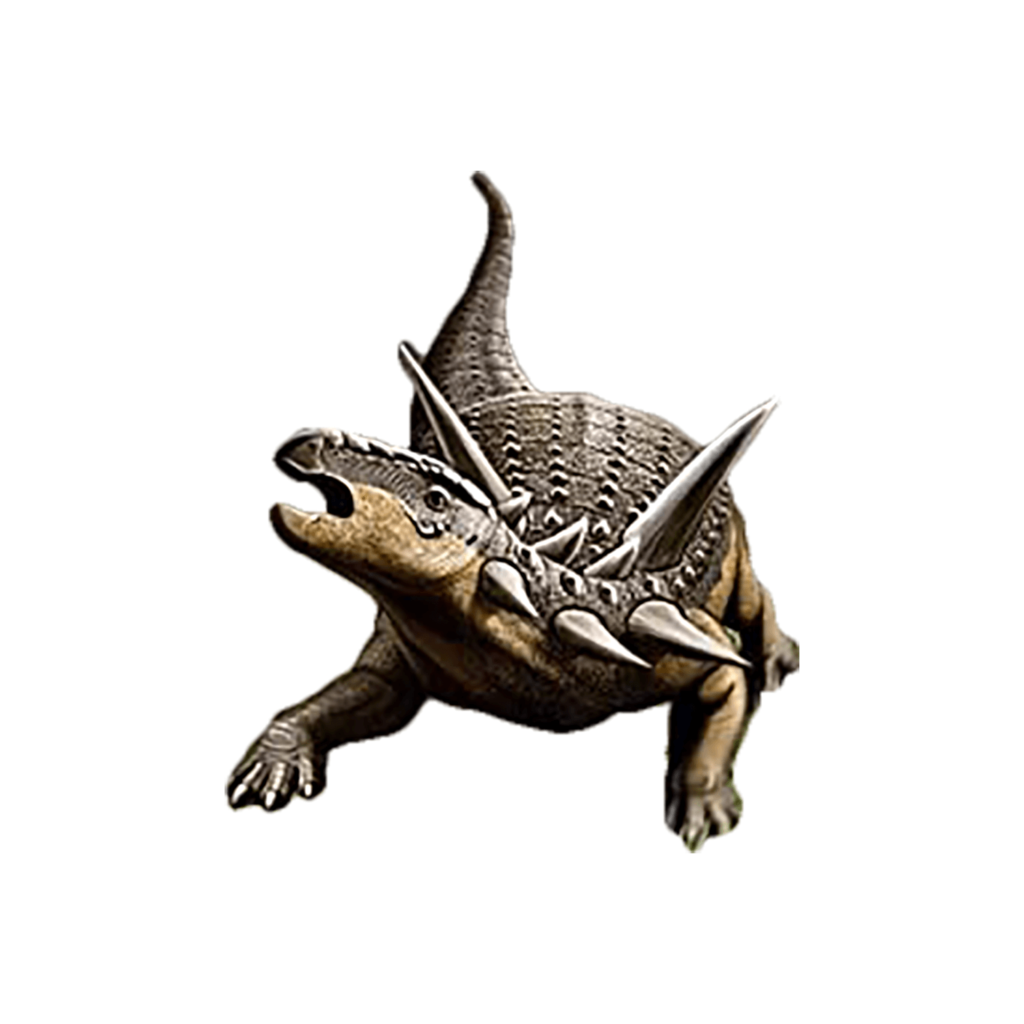
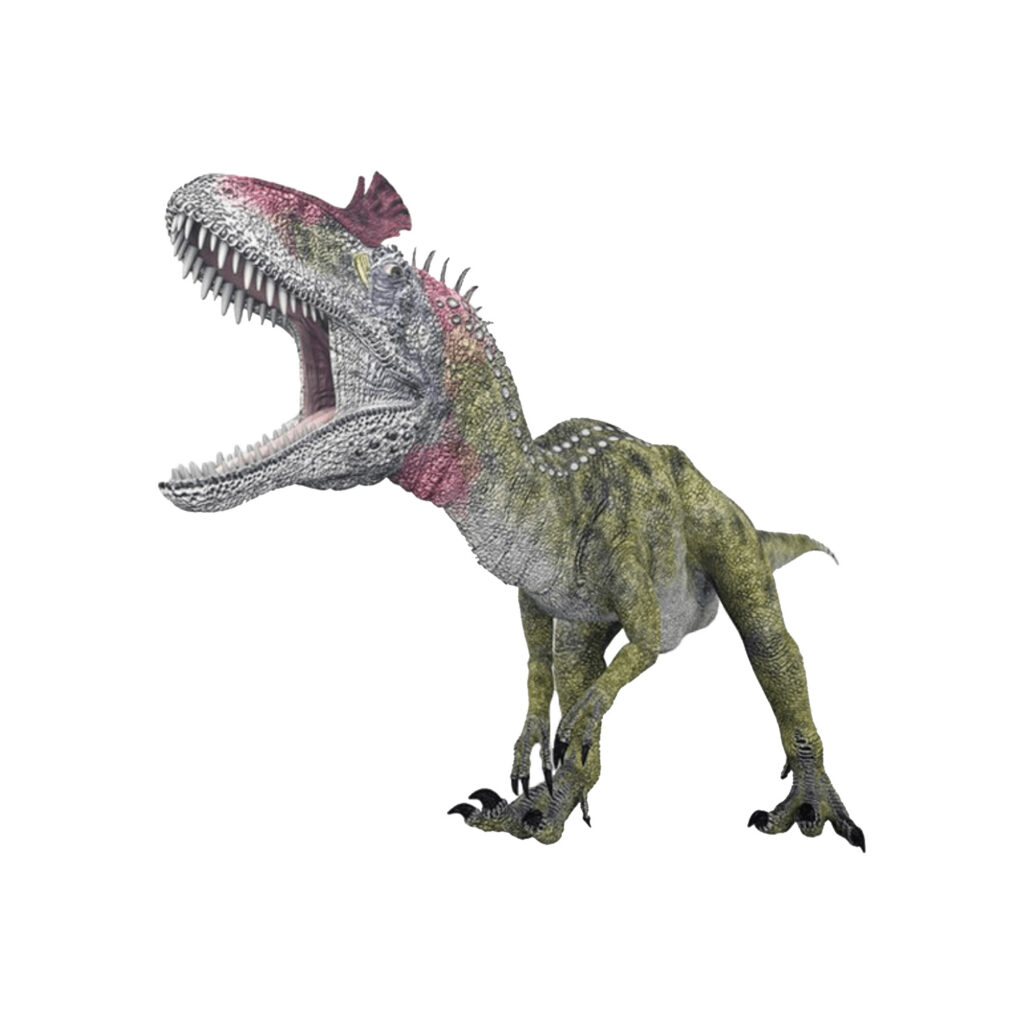
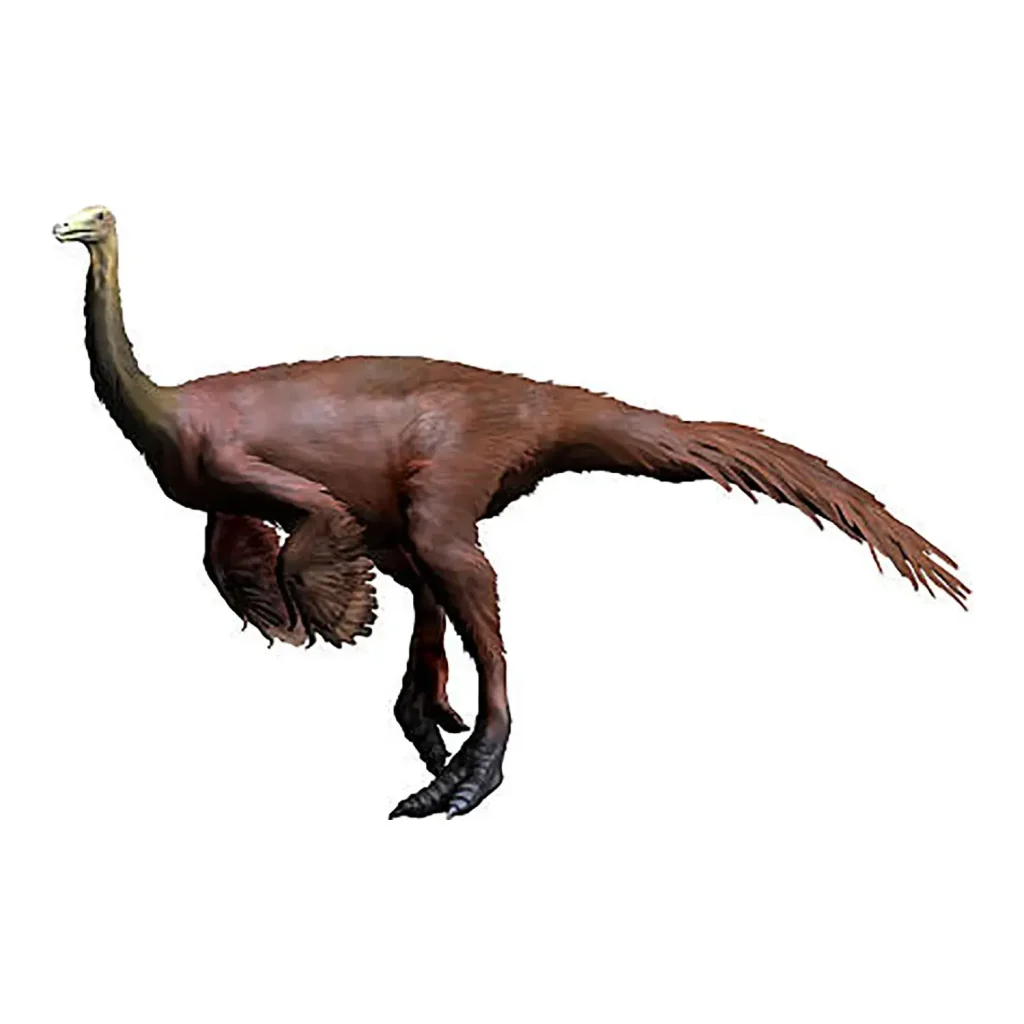
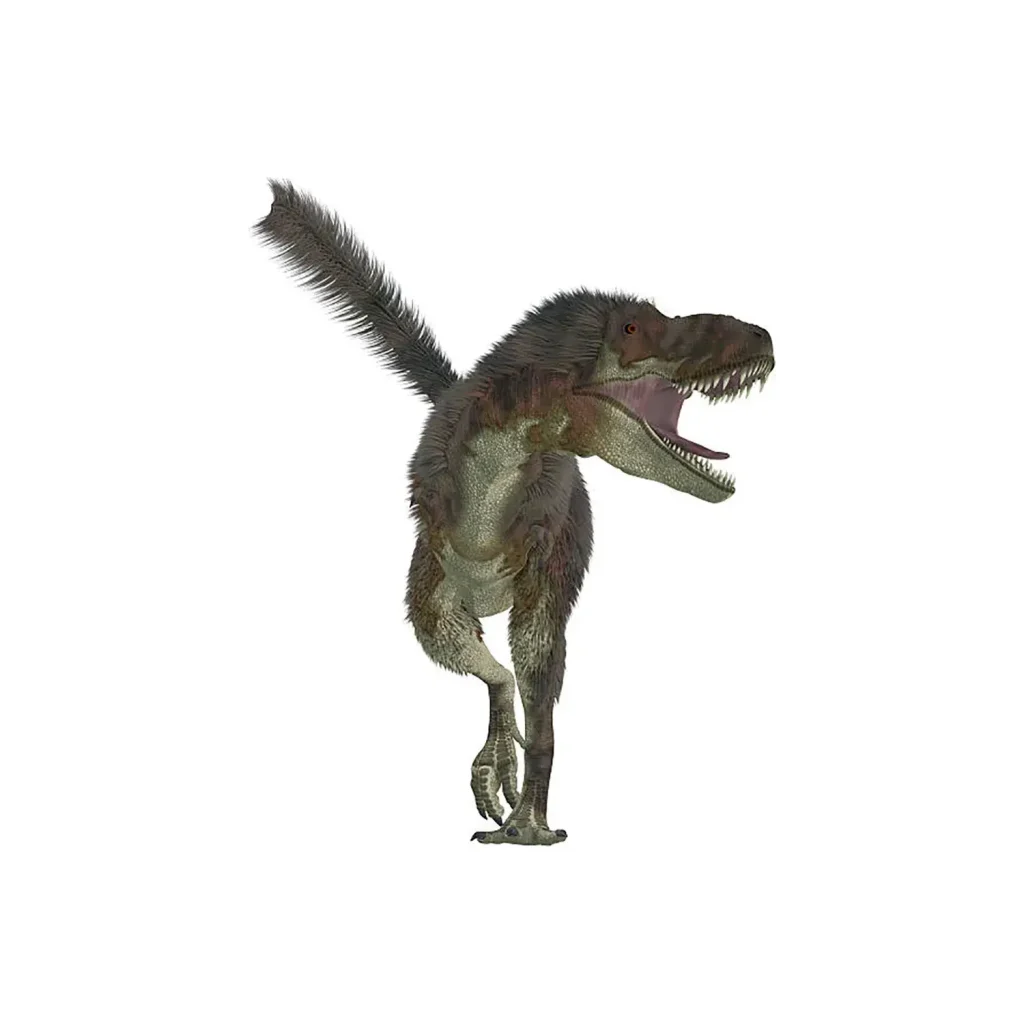
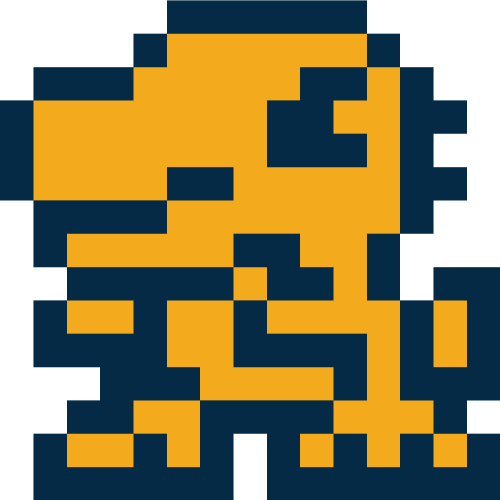
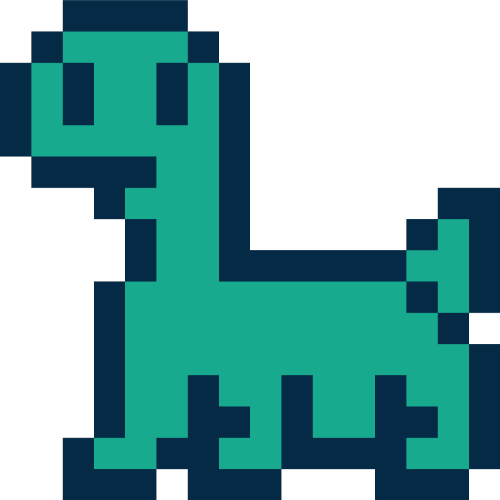
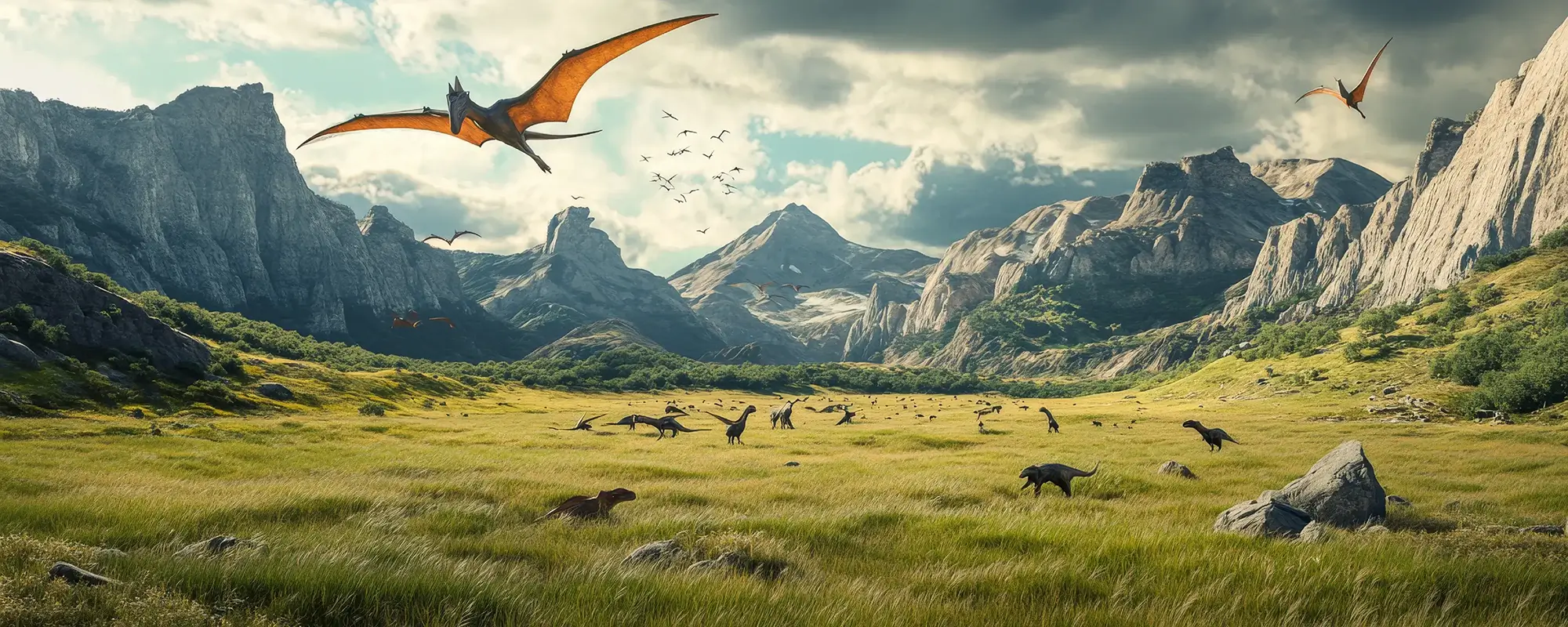



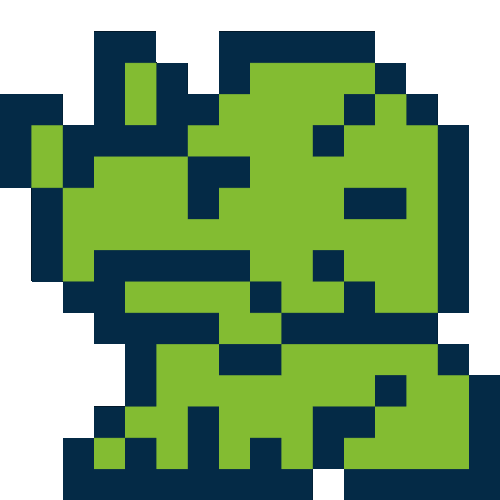
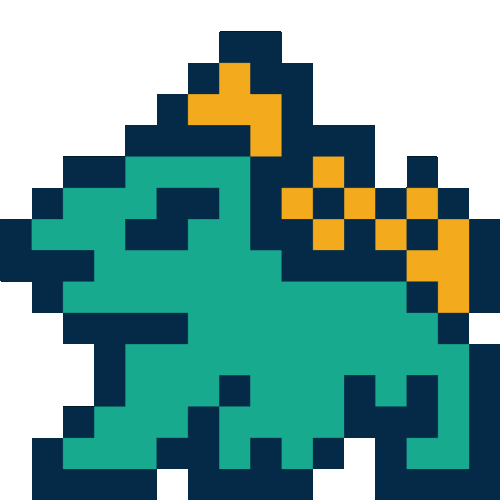
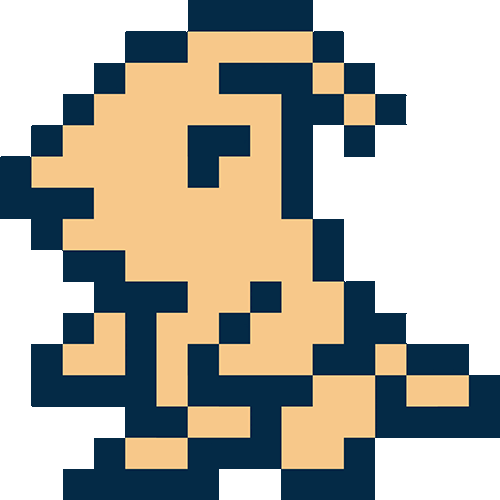

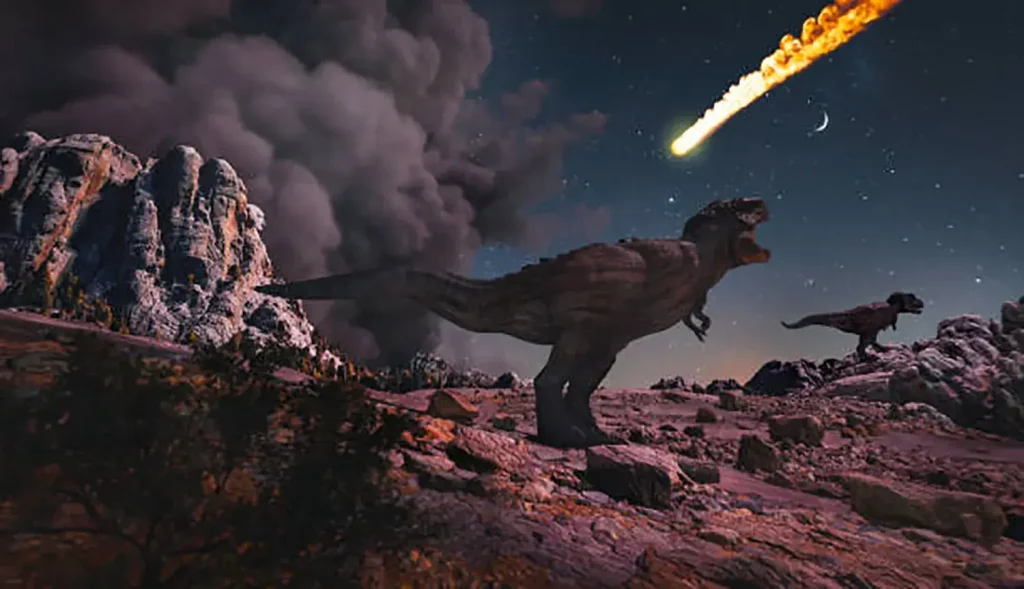
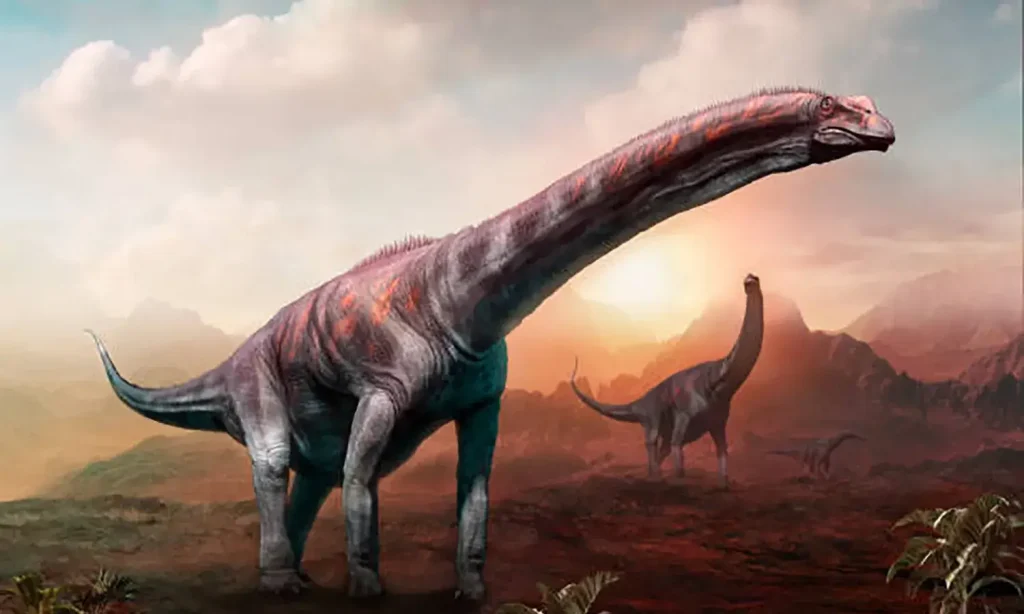
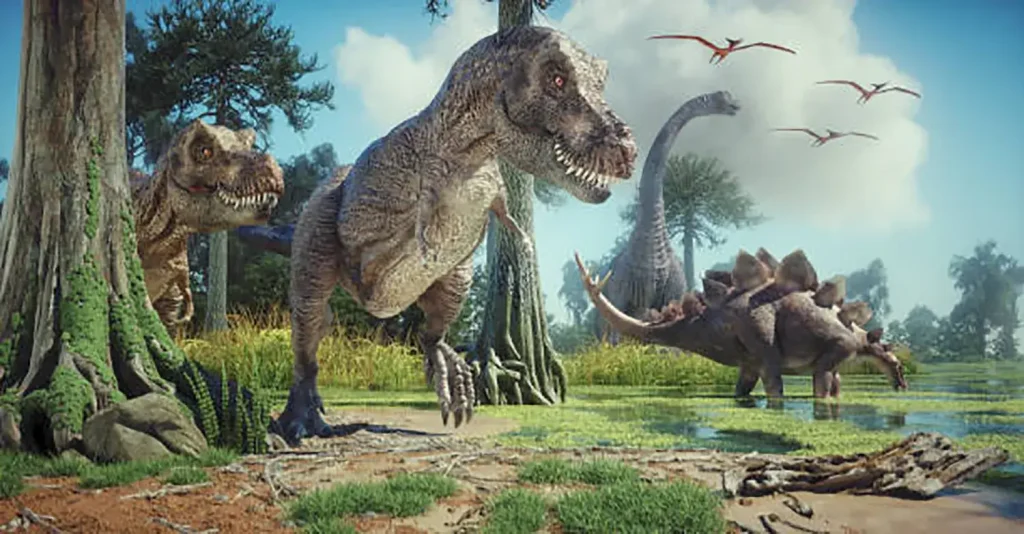
Description
Suchomimus was a giant carnivorous dinosaur that lived in Niger, Africa, during the Early Cretaceous period.
It was excavated in Niger, Africa, in 1997 and was named “crocodile mimic” due to its snout, which closely resembled that of a crocodile.
At 9 to 11 meters long and weighing 4 to 6 tons, its massive body made it one of the largest predators in Africa at that time.
It is sometimes considered an ancestor of the famous Spinosaurus, but strictly speaking, it is believed to be an independent species on its own evolutionary branch that evolved from the Megalosauridae family, separate from Spinosaurus.
A Crocodile’s Mouth and a Muscular Body: Physical Characteristics of Suchomimus
Suchomimus had a body shape like a larger version of its relative, Baryonyx, but it had an even sturdier build.
It had a sturdy build.
The most prominent feature of Suchomimus, similar to Spinosaurus, was its long snout and crocodile-like mouth, which was long and slender overall.
Its main feature was its crocodile-like mouth.
Its skull was longer than that of Baryonyx, and its long jaws were lined with nearly 100 sharp, thick, hook-like teeth that were angled slightly backward to prevent prey from escaping.
These interlocking teeth were very different from the conical teeth of Spinosaurus.
Physique
Although its neck was slightly shorter than its predecessor, the “crocodile dinosaur” Baryonyx, it is believed to have been covered in more muscle.
Spines on its back
The neural spines of Suchomimus’s vertebrae were somewhat elongated (about 60cm high), and the ridge along its spine was taller than that of Baryonyx, with thick neural spines running along its back.
Thick neural spines ran along its back.
Theories suggest this was a muscular ridge or used for thermoregulation, and it is believed to have had a low sail on its back, though not as pronounced as that of Spinosaurus.
Powerful Forelimbs
For a theropod dinosaur, its arms were long, and it is thought to have used these long arms to reach into the water to catch fish and other prey.
It had three powerful, curved claws on each of its forelimbs.
It is thought to have used its long arms to catch fish and other prey in the water.
Diet: Piscivore? The Waterside Ecosystem
Based on its skeletal features, Suchomimus is believed to have primarily eaten fish.
This theory is supported by its strong physical resemblance to Baryonyx (a confirmed piscivore) and the fact that its fossils were discovered in an area (a riverbed rich in aquatic life, including fish) that was a waterside environment at the time.
(However, no direct fossil evidence of its diet has been found.)
It is believed to have primarily eaten fish.
Coexistence with Sarcosuchus
In the same environment lived Sarcosuchus, a crocodile far larger than Suchomimus. While it was thought they would have clashed, it is now believed they practiced “niche partitioning,” as their tooth shapes were different.
Coexistence with Other Theropods
Other theropods like Eocarcharia and Kryptops also lived in Niger during the same period, but as mentioned, Suchomimus likely avoided competition with them by preying on fish and other aquatic animals.
Discovery and Classification: A Key to Spinosaurid Research
Suchomimus is a relatively new dinosaur, discovered in 1997 by Paul C. Sereno and described in 1998.
Although several fossils have been found to date, a complete skeleton has not yet been discovered, and many details about it are still unknown.
However, the fossils of Suchomimus are the best-preserved among all Spinosauridae relatives found so far, making it an invaluable resource for deeply understanding other related species like Baryonyx and Irritator.